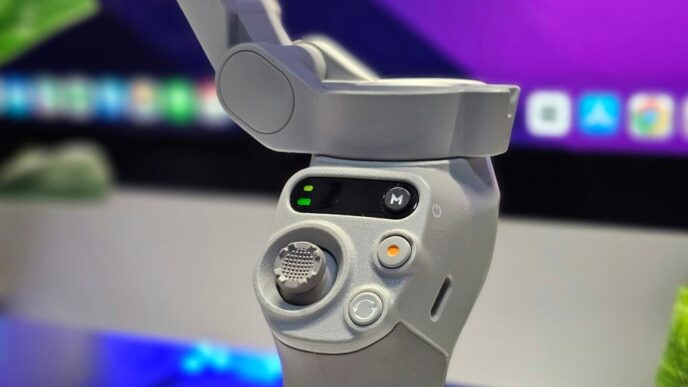Introduction
Magnetic Resonance Imaging (MRI) is a powerful medical imaging technique that has revolutionized the way we diagnose and treat various medical conditions. MRI protocols are a critical aspect of this technology, as they determine the specific parameters and sequences used during an MRI scan. In this comprehensive guide, we’ll delve into the world of MRI protocols, exploring their importance, types, and their role in producing high-quality images for accurate diagnosis.
What Are MRI Protocols?
MRI protocols are a set of predefined instructions and parameters that guide the MRI machine during a scan. These protocols dictate various aspects of the imaging process, including:
1. Sequences
MRI machines use different sequences to capture images of the body’s internal structures. Common sequences include T1-weighted, T2-weighted, and proton density sequences. Each sequence provides unique information about the tissues being imaged.
2. Imaging Planes
MRI protocols specify the planes in which images are acquired. The three primary planes are axial (cross-sectional), sagittal (side view), and coronal (front view). The choice of plane depends on the area of interest and the clinical question.
3. Contrast Agents
In some cases, contrast agents like gadolinium may be used to enhance the visibility of specific structures or pathologies. MRI protocols detail when and how to administer these agents.
4. Parameters
Parameters such as field of view (FOV), slice thickness, repetition time (TR), and echo time (TE) are crucial components of MRI protocols. These values determine the image’s resolution and contrast.
Why Are MRI Protocols Important?
MRI protocols play a pivotal role in obtaining high-quality images that aid in accurate diagnosis and treatment planning. Here are some reasons why they are crucial:
1. Consistency
Protocols ensure that MRI scans are performed consistently across different patients and imaging centers. This consistency is essential for comparing images over time or across facilities.
2. Diagnostic Accuracy
Tailoring MRI parameters to specific clinical questions can significantly improve diagnostic accuracy. For instance, different protocols are used for brain imaging than for imaging the knee joint.
3. Efficiency
Well-defined protocols streamline the scanning process, reducing scan times and patient discomfort. This efficiency benefits both patients and healthcare providers.
4. Safety
Certain protocols emphasize safety by minimizing the use of contrast agents or optimizing scanning parameters to reduce patient exposure to the magnetic field.
Types of MRI Protocols
There are various MRI protocols designed for specific anatomical regions and clinical indications. Some common types include:
1. Brain MRI Protocol
Brain MRI protocols are tailored to image the brain and its structures. They may include sequences like T1-weighted, T2-weighted, fluid-attenuated inversion recovery (FLAIR), and diffusion-weighted imaging (DWI).
2. Abdominal MRI Protocol
Abdominal protocols are used to image the abdominal organs, such as the liver, kidneys, and spleen. They often include T1-weighted, T2-weighted, and contrast-enhanced sequences.
3. Musculoskeletal MRI Protocol
These protocols focus on imaging the musculoskeletal system, including bones, joints, and soft tissues. Sequences like T1-weighted, T2-weighted, and proton density are commonly used.
4. Cardiac MRI Protocol
Cardiac MRI protocols are specialized for imaging the heart and its blood vessels. They may involve cine imaging to assess cardiac function and perfusion imaging to evaluate blood flow.
Conclusion
MRI protocols are the foundation of successful MRI scans, ensuring consistency, diagnostic accuracy, and patient safety. These guidelines provide a roadmap for radiologists and technologists to obtain the best possible images for medical evaluation. Understanding the importance and types of MRI protocols is crucial for both healthcare professionals and patients, as it contributes to more precise diagnoses and improved healthcare outcomes.













